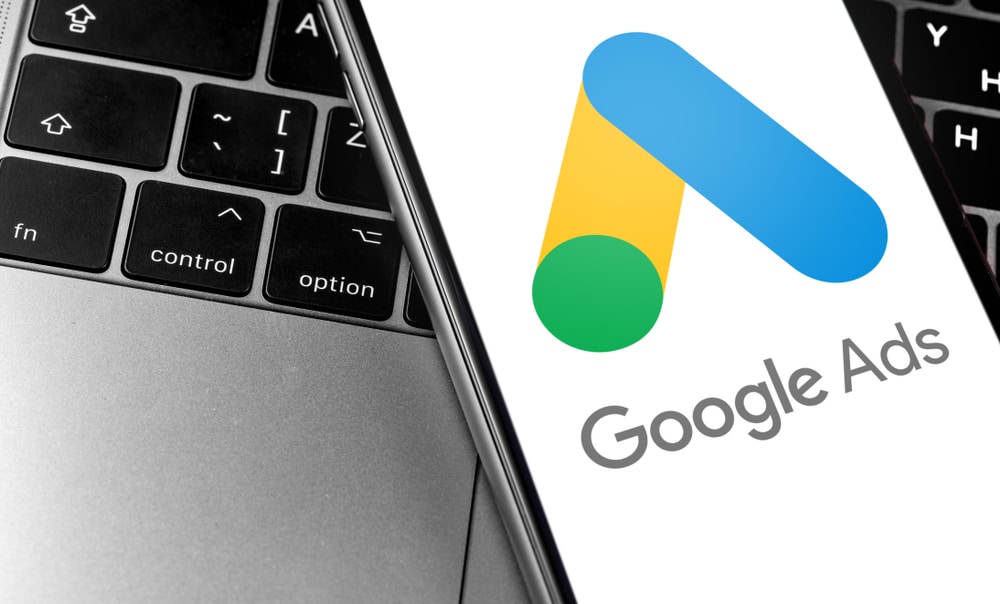It’s easy to get lost in all the variations of settings and data available in Google Ads. The platform offers an array of features that can be daunting to navigate, especially early on. Yet it also offers marketers the ability to carefully tune their audience targeting. Dive deep into the variations on offer and optimise your budget by searching only for the right pairs of eyes. In this way, you can serves ads only to those with relevant interests, or delve into remarketing when potential leads go astray.
In this blog, we’re taking a quick look at how this highly flexible platform can be managed. Half the battle is knowing exactly what ads you have access to – you should monitor everything you do and ensure you always pay only for clicks and stay within your bid budget.
Let’s Start With Search Ads
At a basic level every search ad has three components: headline, display URL and description text. Using these three components you need to encourage users to click through on your ads. An optimised pairing of effective keywords and headlines is everything when it comes to being noticed. You can also use ad extensions to offer up extra information for potential leads. Ensure they know exactly what you’re offering and thereby improve your Click Through Rate (CTR). Google Ads will also adjust and take into account your Quality Score as the frequency of your ads visibility, ranking and cost-per-click (CPC) fluctuates.
There are all kinds of reasons to choose search ads when it comes to paid advertising. For example, if you have extra spending available (smaller budgets can still yield impressive results) and want to supplement the impact of organic traffic, or capture new and high-quality leads. They’re also effective when it comes to targeting a local audience and specific demographic based on data you’ve accrued using your own analytics.
So, What About Display Ads?
Search ads are different to display ads in so far as the former limits you to only one location. Search ads can only appear on Search Engine Result Pages (SERPs) – you know those top three ads you usually see when you search for something in Google? Whereas display ads are less shackled and will pop up across the Google Display Network. That’s a playing field of websites ranked in their millions. Such a broad array of users needs to be mined using in-market segments, audience affinities and custom keywords. Remember, you can choose where banner ads, or other interactive formats, will be placed on websites that fit your target audience. This is definitely a preferable option for more visual ads, or if you generally want to increase brand awareness across an extensive network of internet browsers. Intent might be more passive, but it’s likely to make more people aware your brand exists.
Which Ads Should I Choose?
As we’ve no doubt led you to believe, both search and display ads have their merits. Perhaps the most obvious difference is the use of graphics in display ads. While search ads rely heavily on you having a strong copywriter.
Always consider the valuable metrics of conversion rate and cost per click. Don’t be afraid to experiment with both platforms, but be mindful of exactly what you’re getting for your spend. This can of course vary across industries and there are always CPC benchmarks you can find online, which will be relevant to your own competitive arena. Also, to further simplify what sets these categories apart – Google search ads are an example of ‘pull’ advertising and display ads are a form of ‘push’ advertising. The former only appear to those already searching for products and services. The latter are paid placements that appear anywhere within the confines of your targeting parameters.
Do you have any questions about anything we referred to in this article? Please let us know.


